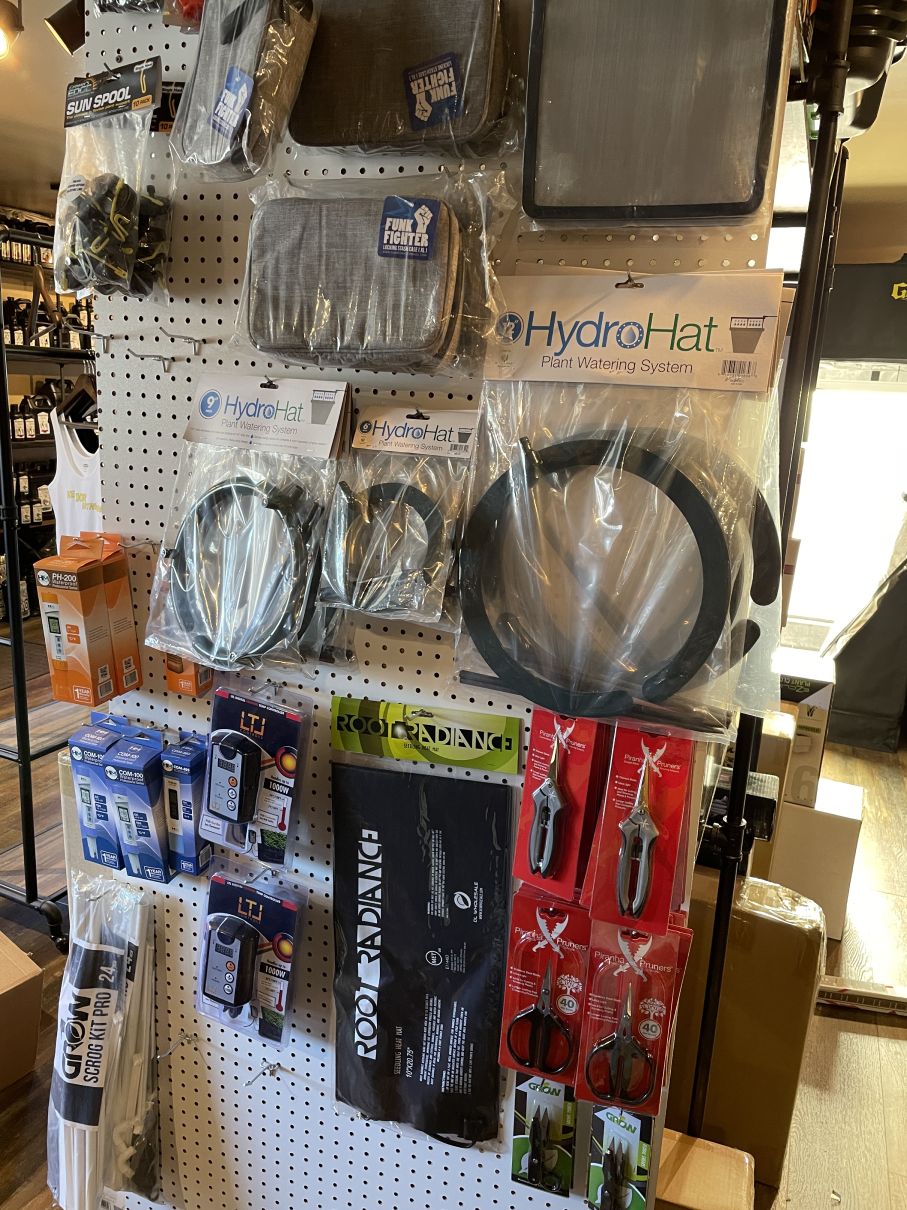The Indoor Earthworm Process: Your Trick to Flourishing Plant Kingdom With Planting
The Indoor Earthworm Process: Your Trick to Flourishing Plant Kingdom With Planting
Blog Article
Opening the Prospective of Hydroponics: Recognizing Its Uses and Various Types
Hydroponics, an approach of cultivating plants without dirt, has actually amassed increasing attention for its potential to transform agriculture and gardening techniques. As we browse via the detailed landscape of hydroponic systems and strategies, it becomes noticeable that each strategy holds unique advantages and limitations.
Benefits of Hydroponic Solutions

One more advantage of hydroponic systems is the capability to expand plants in a smaller sized room. By eliminating the requirement for soil, plants can be grown up and down or in piled systems, maximizing the usage of available room. This is especially helpful in metropolitan areas or areas with limited cultivatable land. Hydroponic systems lower the danger of soil-borne conditions and bugs, as there is no dirt to harbor these hazards. This brings about healthier plants and decreases the need for dangerous chemicals, making hydroponic farming a much more lasting and eco-friendly alternative.
Typical Makes Use Of in Farming

Given the reliable water conservation and space-saving advantages of hydroponic systems, it is obvious that these innovative farming approaches have discovered common uses in numerous sectors of farming. The regulated setting of hydroponic systems allows year-round farming, offering a consistent supply of fresh produce no matter of exterior weather conditions.
Hydroponics is commonly utilized for growing a range of plants, consisting of leafed greens, tomatoes, cucumbers, peppers, strawberries, and natural herbs. Additionally, hydroponic systems are used in research and academic setups to study plant growing, nourishment, and growth techniques.
Checking Out Various Hydroponic Techniques
What are the various cutting-edge strategies used in hydroponics to enhance crop cultivation efficiency and yield? Hydroponic systems offer a range of approaches that provide to different plant types and farming objectives. One preferred technique is the Deep Water Culture (DWC) system, where plant roots are submerged in a nutrient service, offering ample oxygen and nutrients. Another commonly utilized method is the Nutrient Movie Method (NFT), which involves a superficial stream of nutrient service moving over the plant roots, advertising water and nutrient uptake. In addition, the Ups and downs system, also referred to as the Flood and Drainpipe system, intermittently floodings the plant roots with nutrient service, permitting for oxygenation during draining pipes periods. Aeroponics is one more advanced technique that entails misting plant origins with a nutrient service, maximizing oxygen absorption and nutrient uptake. Each of these methods showcases the convenience and effectiveness of hydroponic systems in enhancing crop development and return.
Comparing Different Hydroponic Equipments
Checking out the efficiency and return improvement techniques in hydroponics leads us to compare different hydroponic systems offered for crop farming. Each hydroponic system has its distinct functions, advantages, and constraints, making it important for farmers to choose the most appropriate system based upon their specific requirements and restrictions.
One of the most typical hydroponic systems is website here the nutrient movie technique (NFT), where a thin film of nutrient solution continually flows over the plant origins. In contrast, the deep water society (DWC) system submerges plant roots directly right into the nutrient remedy, offering ample oxygen and nutrients.
Another preferred hydroponic system is the ebb and circulation (or flooding and drain) system, which occasionally floodings the plant roots with nutrient solution before draining it. By recognizing the distinctions between these hydroponic useful source systems, growers can make informed choices to maximize plant yield and high quality.
Innovations in Hydroponic Innovation
With advancements in hydroponic innovation, the agricultural sector is seeing a change towards much more lasting and effective farming techniques. Innovations in hydroponic innovation are transforming the way plants are expanded by optimizing yields, saving sources, and decreasing ecological influence. One crucial advancement is the advancement of clever hydroponic systems that utilize sensors and automation to keep track of and adjust ecological conditions such as pH degrees, nutrient concentrations, and light direct exposure in real-time. These systems look at this site allow exact control over growing conditions, leading to ideal plant development and higher plant returns.
An additional significant advancement is the assimilation of vertical farming techniques with hydroponic systems, enabling for the farming of plants in stacked layers. This vertical strategy maximizes area use, making it suitable for city settings where land schedule is restricted - The Indoor Earthworm. Furthermore, using sophisticated LED illumination systems customized to certain plant demands has enhanced energy efficiency and enhanced development prices in hydroponic configurations
Technologies like these are driving the evolution of hydroponics, making it a highly eye-catching and lasting choice for contemporary farming.
Final Thought
Finally, hydroponics provides countless advantages in agriculture and has different techniques and systems that can be made use of to maximize its possibility. Advancements in hydroponic technology remain to enhance efficiency and sustainability in food manufacturing. By recognizing the usages and different sorts of hydroponic systems, cultivators and farmers can unlock the complete capacity of this innovative technique of growing plants without dirt.
In addition, hydroponic systems permit for far better control over nutrient levels, pH balance, and environmental problems, leading to much healthier plants and higher returns.

Report this page